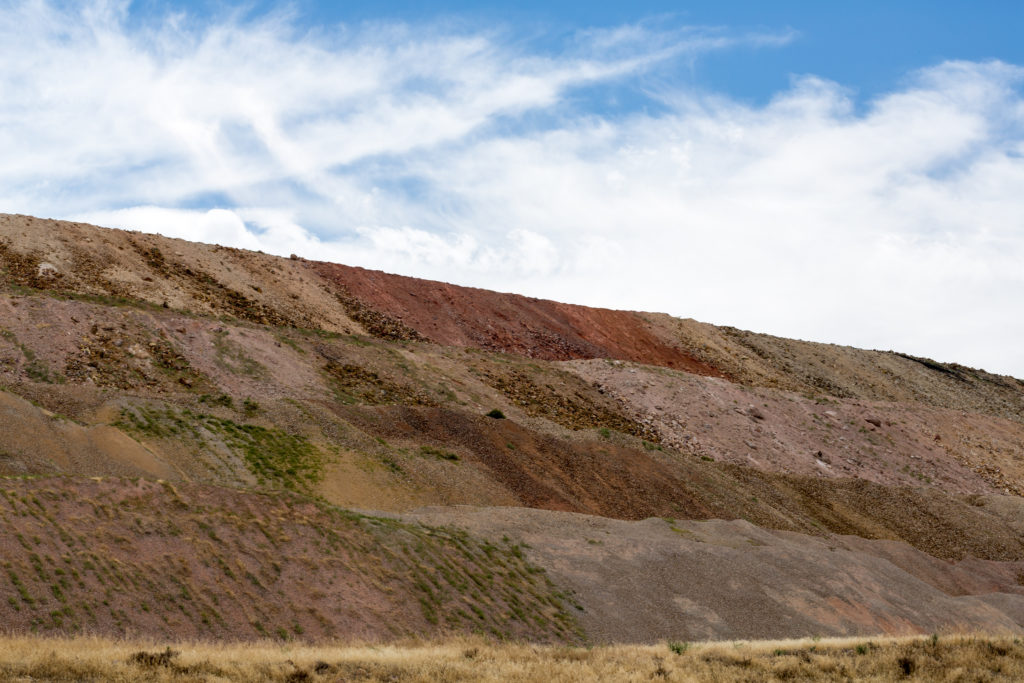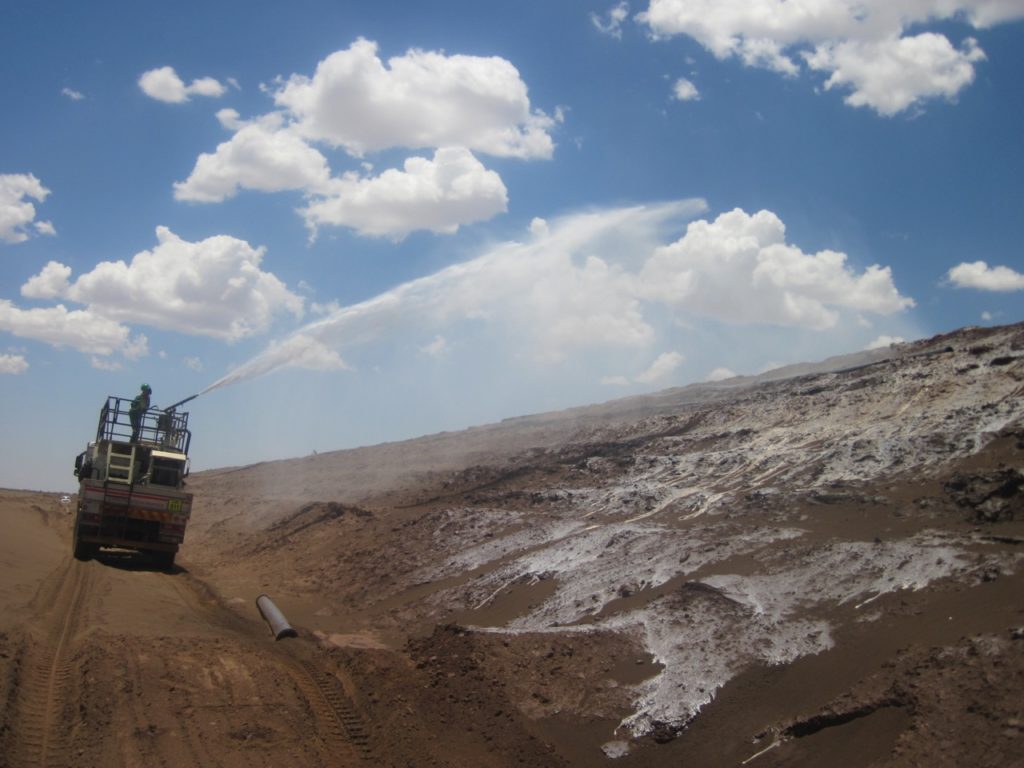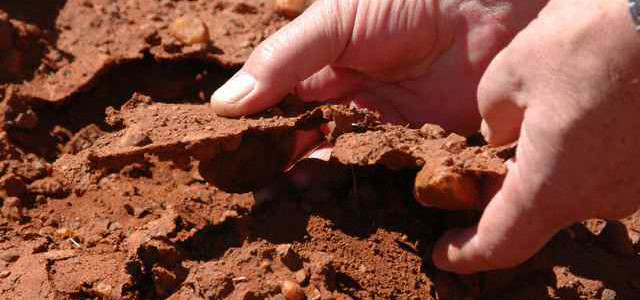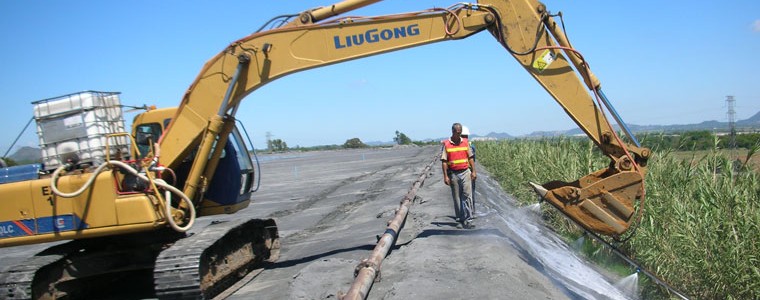Article Source. al Jazeera “Toxic City: The Cost of Gold Mining in South Africa, 11, February . 2019, https://www.aljazeera.com/programmes/specialseries/2019/01/toxic-city-cost-gold-mining-south-africa-190123160346656.html
Toxic City: The Cost of Gold Mining in South Africa

Large tailing piles from modern gold and silver mining operation
In the midst of Johannesburg are mountains of sandy dirt – tall, geometric, and as much a part of the landscape as the city’s glittering skyline.
Winds stir up dust from the dunes and carry it to nearby homes where it settles on roofs, roads, and areas where children play, often in South Africa‘s poorest townships.
But what look like natural landmarks are in fact piles of waste from the country’s 130-year-old gold industry and contain heavy metals like lead and arsenic as well as radioactive waste.
More than 1.5 million South Africans live in townships at the bases of these mountains. Residents, activists, and local doctors have long been worried about the risks.
The dust causes violent coughing and vomiting and, in some households, children have severe neurological disorders.
“The dust itself … gets into our food. We eat this dust, we drink this dust, so that is why so many people are sick here,” says Tiny Dlamini, an activist and resident of Snake Park, a community within Dobonsville township. “This is a silent killer.”
The dust itself … gets into our food. We eat this dust, we drink this dust, so that is why so many people are sick here. This is a silent killer.Tiny Dlamini, an activist and resident of Snake Park, a community within Dobonsville township
The threat of contamination is hard to escape; at the foot of her neighbourhood’s mining heap is greenish water that is used for irrigating land or feeding livestock, and some children bathe in it.
According to a 2013 study by North-West University in South Africa, the city contains 600,000 tonnes of uranium, which are a source of radioactive waste.
The potential danger is not lost on Igor Klopcic, a geologist who left the mining industry in frustration after 20 years.
“What I find particularly scandalous … [is] to take the worst possible material, which is uranium, grind it into dust comparable to flour and make a hill out of it, and put it into a place where people live. That is a colossally bad idea,” he says.
Despite complaints, the government has yet to fund scientific studies that examine the issue.
Journalist Martin Boudot works with residents to collect data; soil and hair samples are mailed off to laboratories, and along with it a hope that the city will wake up to its contamination problem.
But as data starts to trickle in, a larger question arises: Why has there been so little research into this issue – one that seems obvious and alarming for so many – for so long?
Sources: South Africa: Toxic City, The Conversation
Harmony Kalgold- SOUTH AFRICA
The client was looking for a cost effective environmentally compliant sustainable solution for dust abatement and erosion control on one of their stockpiles.
Assmang Khumani Iron Ore Mine Stockpile Treatment- SOUTH AFRICA
EBS Stockpile Treatment Proves Long-Term Dust Control & Erosion Prevention at ASSMANG Khumani Iron Ore Mine At ASSMANG Khumani Iron Ore Mine, a stockpile treatment using EBS Soil Stabilizer was conducted to demonstrate its effectiveness in dust control and erosion prevention. Two adjacent stockpiles were monitored: ✅
Eastplats Mine Tailings Application- SOUTH AFRICA
Eastern Platinum (Eastplats) Implements Long-Term Dust Control for Crocodile River Mine Eastern Platinum (Eastplats) Crocodile River Mine in South Africa required an immediate and effective solution for dust control on its Mine Tailings complex. The excessive dust was not only creating hazardous working conditions but also impacting
LOGIN / REGISTER
![]()
Stay Connected














